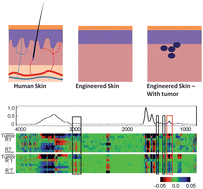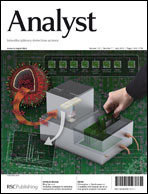Characterization of tumor progression in engineered tissue using infrared spectroscopic imaging
Abstract
Engineered tissues can provide models for imaging and disease progression and the use of such models is becoming increasingly prevalent. While structural characterization of these systems is documented, a combination of biochemical and structural knowledge is often helpful. Here, we apply


 Please wait while we load your content...
Please wait while we load your content...